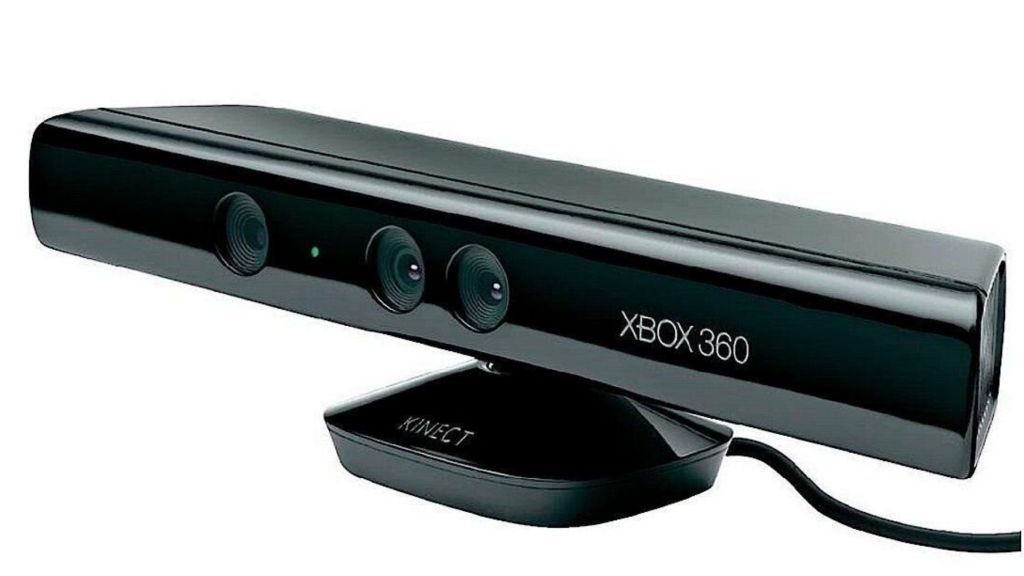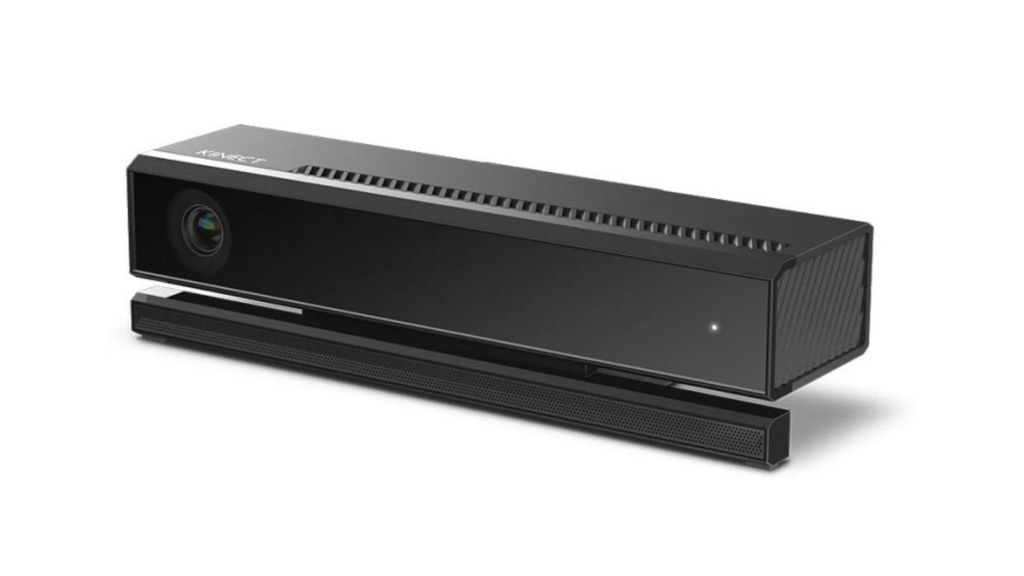This year, it feels like Xbox is basically backing down from the so-called console wars. Instead, the company is focusing on developing great games with a multiplatform focus. So while there will reportedly be a next-gen Xbox, it doesn’t seem like pushing customers to consoles is a focus anymore. But until recently, that wasn’t the case. As Xbox, Sony, and Nintendo spent years vying for console supremacy, we saw some interesting experiments and innovations from each platform. But not all of them were successful.
Videos by ComicBook.com
When the Nintendo Wii released in November 2006, it brought a whole new dimension to video games. While previous consoles had some motion control features, such as the Dance Dance Revolution controller mat, Wii took it up several notches. The Wiimote spawned a whole generation of games with movement in mind, and the console was incredibly popular with families and at parties as a result. Naturally, Xbox and PlayStation wanted a slice of that pie as well. And on November 4th, 2010, Xbox entered the area with the Xbox Kinect.
Xbox Kinect Was Last to the Motion Controller Game For a Reason

The popularity of games like Wii Sports and other motion-control party games spurred other consoles to compete. In September 2010, PlayStation launched its PlayStation Move controller. Then, Microsoft followed suit with the Xbox Kinect for Xbox 360, which arrived in November that same year. That made Xbox last to the game, but the hope was that the Kinect would stand out by doing something different.
While the Wii and PlayStation Move both required physical controllers, the Kinect attempted to ditch them altogether. Instead, it would use a camera and motion recognition technology to track player movements and translate them to the game. It also utilized voice controls in a day and age well before we were all asking Alexa and Google to tell us the daily forecast. This theoretically would make gaming a more seamless experience, adding to immersion. But in practice, the Kinect didn’t quite deliver.
The full body motion sensing and lack of a physical controller was ambitious for the time, and it showed. It turns out, there may be a reason why even the Switch 2 still relies on Joy-Cons and physical controller products for its motion sensing tech. The Kinect didn’t always respond quickly enough to gestures, or didn’t recognize them at all. It also required a specific amount of open space to function properly, limiting where it could be set up in a given household. But even as future iterations of the Kinect improved upon these issues, the device never really took off. Ultimately, the Xbox Kinect was discontinued in 2017.
Why Xbox Couldn’t Make Kinect Happen

When it launched, the Kinect actually got off to a promising start, at least where sales were concerned. The original Xbox 360 Kinect sold 8 million units in its first 3 months, earning it a place among the fastest selling electronics in history. So, why did it get discontinued when Nintendo and PlayStation are still in the motion sensing game?
Because of the Kinect’s unique controller-free model, the scope of games developed with the device in mind was pretty limited. Xbox launched its own Wii Sports competitor, and Microsoft encouraged its in-house partners to develop action games with the Kinect in mind. But while the Kinect was appealing for the same reasons as the Wii, it didn’t really land with the Xbox player base. Games like Call of Duty and Halo are part of what drew gamers to the Xbox over other consoles, and these games didn’t really integrate with the Kinect.
Even motion controller games with multiplatform releases in mind were up against a challenge with the Kinect. While the Wiimote and PlayStation Move used similar controller based technology, the Kinect left that behind. So while it was innovative, it also meant that developers would have to completely rework their motion control games for the console.
So, although the Kinect could be a lot of fun with games that utilized it, its use case stayed pretty minimal in gaming. It was also pretty expensive, costing nearly as much as the Xbox 360 when it first released. Given how few games actually tied into the Kinect’s motion sensor technology, it was hard for many gamers to justify the price. In fact, much of Xbox’s core audience at the time was more interesting in sticking to games with more traditional controls. That meant the Kinect became more of a novelty and didn’t catch on with the people most invested in the Xbox ecosystem.
Due to declining sales and few games being developed with the Kinect in mind, Xbox discontinued the device altogether in 2017. The Xbox One was the last console to use the Kinect, with Xbox Series X and Series S leaving the technology behind. It was incredibly innovative for its time, but gaming didn’t seem like quite the right market for it, at least not in the 2010s. As VR increases in popularity, albeit slowly, we might see a comeback in tech like the Kinect, but it doesn’t look like Xbox plans to get into that game as far as we know.
Did you have an Xbox Kinect back in the day? Leave a comment below and join the conversation now in the ComicBook Forum!









